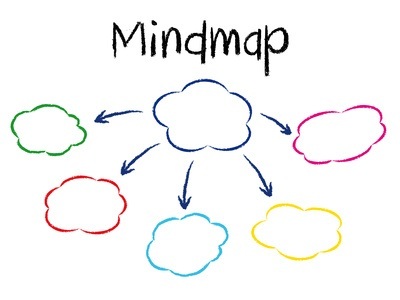by Dr. Kotina Hall, Dean – Belhaven, Atlanta
Effective communication is a buzz word that remains the topic of discussion in every business and learning sector as the concern for writing proficiency continues to plague society. The command for effective writing should be still be held in the highest regard. Professional dialogue and academia have discussed in great detail how the absence of “good writing” lessens the opportunity for the demonstration of clearly-organized thought, earnest critical thinking development, and strong problem-solving. Regardless of the subject matter, understanding how to articulate clearly and concisely is necessary for high academia and career advancement. As such, we must act urgently in our resolve.
While tuition reimbursement is an attractive academic magnet, the return for excellent writing extends well into its possessor’s career and civic engagement as well. “The National Commission on Writing estimates that the nation’s top companies spend more than $3.1 billion a year on remedial training. The NCW estimates that states spend $221 million on writing training each year to bring employees up to level” (teachthought, 2012).
What variables have led to the decline in effective writing? Is it because we have become comfortable speaking into devices that we disregard misspelled words or proper punctuation, all because we want to communicate expeditiously? “Have we allowed the advancement of technology to compel us to shorthand?” Perhaps we accept human mediocrity, giving way to allowing machines to do the work which we previously took pride in completing. Technology will continue to advance, so what are we left to do?
It is proposed that we take our concerns by the reigns and do what we do best – elevate through instruction. Have we forsaken the beauty and fluidity of words properly and intentionally positioned on a page? Surely we have not. But if one has never explored such beauty, then one cannot imagine the power of penning such work. Resolution begins with two words: offer assistance. It is a disservice to students when we know their writing is not acceptable, but yet we push them along. Constructive dissent must rear her head. The problem will not correct itself. Good writing is the culmination of repeated “good” practice.
This task will not be a simple one. It will require instruction to be consistent, rigid, and accompanied by high expectations to yield greatness. We must ready ourselves! Our change will create uneasiness and reveal accusations that we are harnessing a fossilized culture. Such expressions must strive to make our instruction even greater. We must be diligent to show that “good writing” fosters dedication, strong work ethics and moral aptitude. Balance must exist, too. Even so, while writing is necessary, we must be ever so careful to make it appealing and fun.
History has shown that the legacy of “good writing” never dies. “Good writing” shapes learning and invites critical thinking, leaving room for transformation. So when do we begin? The time is now. We model by offering our assistance. In doing so, our immediacy will solidify and re-establish writing as the ultimate model of erudition.







